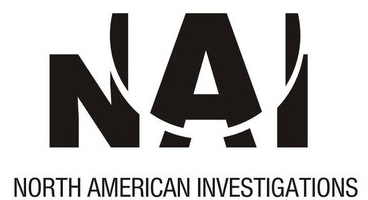As we slowly come to grips with the devastation caused by Hurricane Sandy, it seems we have more than just the safety of our loved ones to worry about. When you assess the damage reaped on the various communities throughout New York, you realize that the future holds a slow and steady process of healing. Millions of homes are still without power and those that have it are able to appreciate the destruction. The death toll is still rising, homes have been destroyed, and lives shattered. What better time than now to offer a monetary gift to a charitable organization, in hopes of helping those affected by Sandy?
The months ahead promise tireless cleanup efforts, home repairs and community cohesion. In the midst of the chaos, though, another, unexpected threat looms: con artists. The Justice Department warns consumers that such disasters bring out the most unfortunate case of adding insult to injury; scammers, posing as charitable organizations, are ready to gather your donations to supposedly help the victims of Sandy. Are you certain of the legitimacy of the so-called “charity” that you donate to?
Be wary of any calls, Tweets, text messages or emails that ask for donations. A disturbing number of new websites have been registered that use words such as “frakenstorm” and “relief” in either their domain name or their search terms. Many of these sites allow you to donate online, anonymously, and with the simple click of the button. Your “charitable donation” goes straight into the pocket of the scam artist. Instead of helping those devastated by Sandy restore their homes or restock their cupboards, you might be sending one very undeserving crook on his dream holiday to a remote island in the Caribbean.
How can you avoid falling victim to such a fraudster? If you want to give, but aren’t sure how to ensure it gets into the right hands, there are several ways to protect yourself:
1. Ignore emails, text messages and social media sites that ask for money.
2. Do not send cash in the mail.
3. Look for subtle differences in the name of the charity. For example, instead of “World Wildlife Fund”, a savvy scam artist might create a bogus charity called “Worldly Wildlife Fund”.
4. Do some research on the charity and verify its validity. There are several sites that list legitimate charities, such as “the Foundation Center” or the Better Business Bureau.
5. Donate food or blankets instead of money. In times of crisis, the food bank is often eager for non-perishable food and shelters require extra blankets for those without power and heat.
6. If you hire someone to repair your home, ensure that they have a stellar reputation within your community first. You can also check that they accredited by the Better Business Bureau.
If you have already donated money and are suspect about whether you were conned, your best bet is to hire a Private Investigator. A P.I. can help you track down the fraudulent charity and possibly get justice for you and other victims.
Unfortunately, most con artists disappear with sometimes millions of dollars. They expertly cover up their trail and go into hiding with your hard-earned money that you had intended for a legitimate charity. Your best course of action is to take extreme caution when asked for money. Don’t fall victim to Sandy twice.



